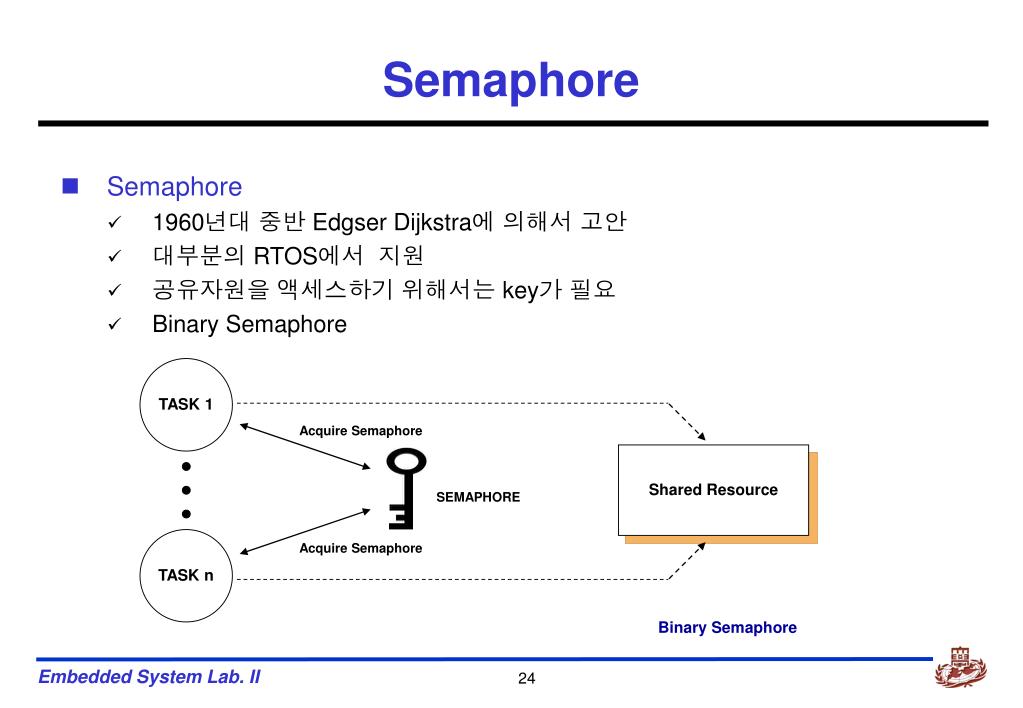
The value of the variable changes from 0 to 1. Once the process is done using the resource, it is released by invoking the signal() function. The value is set to 1 in the beginning and if a process wants to use a shared resource, it can invoke the wait() function, and the value changes from 1 to 0.

In a binary semaphore, the value of the variable will be either 0 or 1. When the semaphore value is 0, none of the resources are available and the process has to wait till a resource is released. The value of the variable is increased by 1. When a process needs to acquire a shared resource, wait() function is invoked and the value of the semaphore is reduced by 1. The semaphore variable is initialized with the number of resources available. Thus the semaphore protects critical sections by using synchronized constructs. By using counters, the semaphore controls the shared resources to ensure that threads running simultaneously are able to access the resources and avoid race conditions. It is a non-negative variable that indicates the number of resources in the system that are available at a point in time. Semaphore in Java is a variable that is used to manage processes that run in parallel.

With the use of counters, Semaphore manages access to the shared resources. Semaphore in Java is a thread synchronization construct that avoids missed signals between threads by sending signals to the threads and protecting critical sections.

In Java, Semaphore is used to attain Process Synchronization. A resource must be used by one process at a given time and this is referred to as Process Synchronization. The resources of a system are limited and have to be shared between the different processes.


 0 kommentar(er)
0 kommentar(er)
